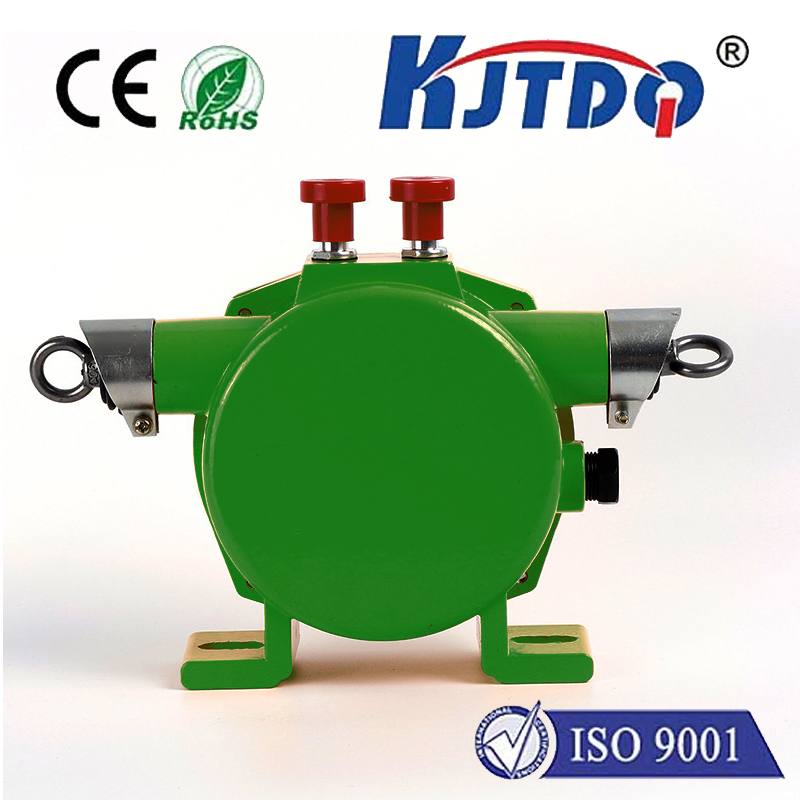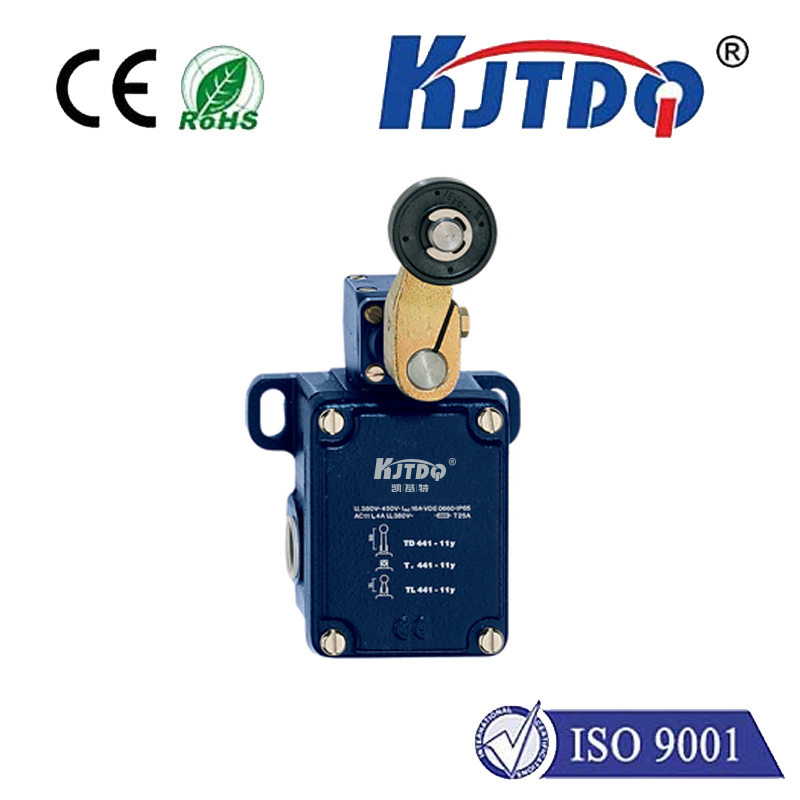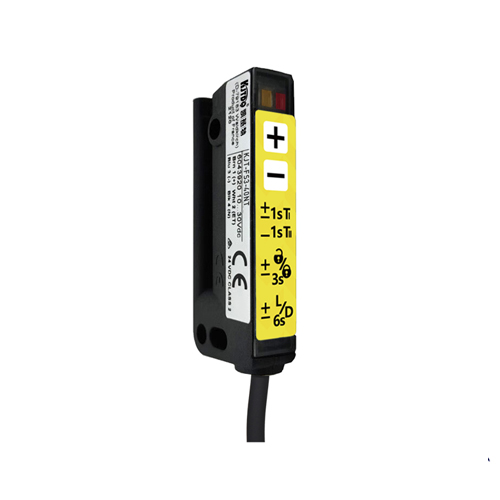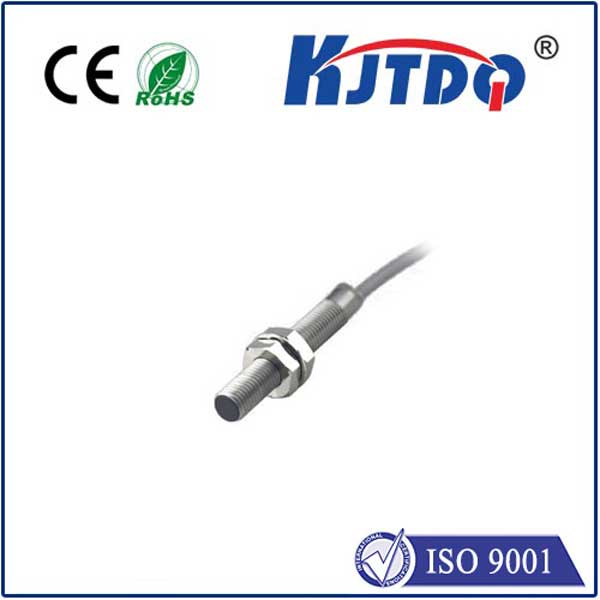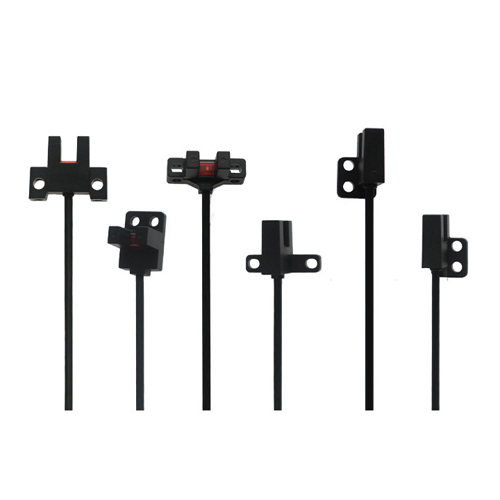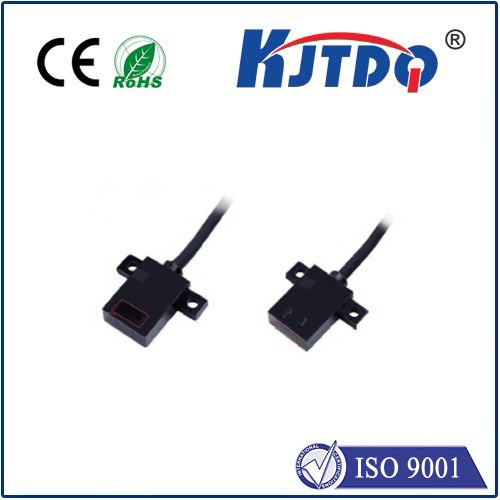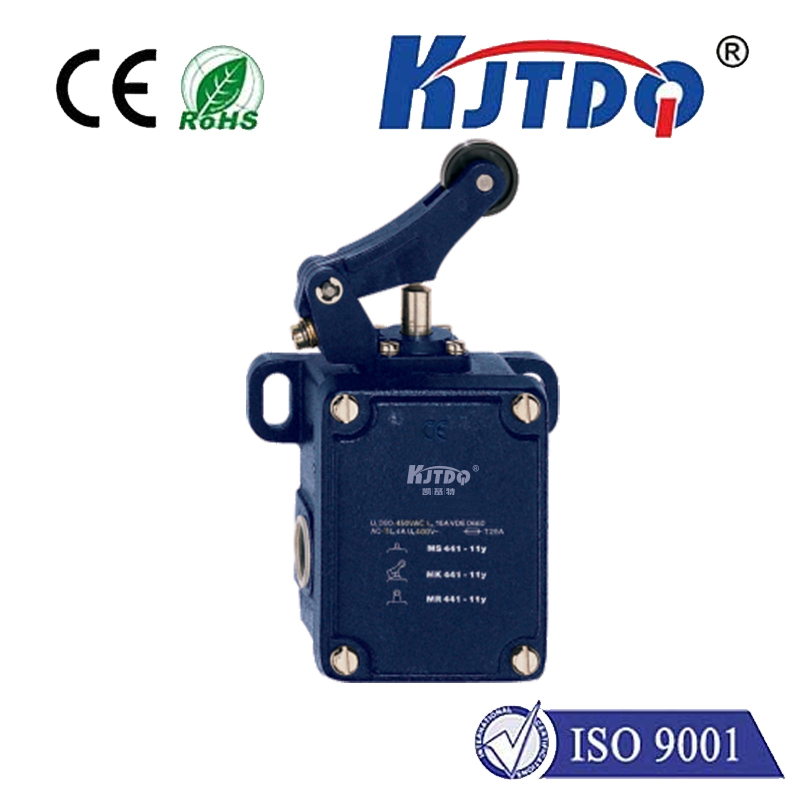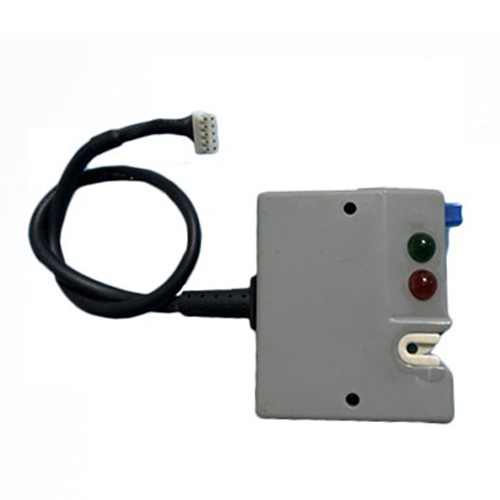ограничительный выключатель цилиндра
- time:2025-08-06 12:43:50
- Нажмите:0
Pneumatic Cylinder Limit Switches: The Essential Eyes and Ears of Automation
Imagine a busy manufacturing line. Pneumatic cylinders snap back and forth, arms pivot, presses stamp, and materials flow. Now, imagine that precise dance happening blindly – cylinders extending or retracting with no confirmation of where they actually are. Chaos would be inevitable: parts crushed, sequences jammed, machines damaged. This is the critical void filled by the ограничительный выключатель цилиндра. These unassuming components are the essential sensors providing vital position feedback, transforming brute force pneumatic motion into reliable, controllable automation.
What Exactly is a Pneumatic Cylinder Limit Switch?
Simply put, a pneumatic cylinder limit switch is a device mounted directly on or near a pneumatic cylinder to detect when the cylinder’s piston rod (and thus the attached tooling) reaches a specific point in its stroke. It acts as a sentinel, signaling the machine’s control system – typically a Programmable Logic Controller (PLC) – that a desired position has been achieved. This confirmation signal is fundamental for:
- Initiating the Next Sequence: Telling downstream operations it’s safe to start.
- Preventing Over-Travel: Stopping motion before mechanical damage occurs.
- Providing Safety Confirmation: Ensuring grippers have released or clamps are secure.
- Monitoring Cycle Completion: Verifying the cylinder finished its intended movement.
Without these switches, automated systems relying on pneumatic actuators would be unreliable, inefficient, and potentially hazardous.
How Do They Work? The Mechanics of Detection

Pneumatic limit switches come primarily in two flavors, distinguished by their detection mechanism:
- Mechanical Lever Switches: These are the most traditional and visually obvious. They feature a physical lever or roller plunger extending from the body. As the cylinder piston rod reaches the switch position, it physically contacts and actuates this lever. The lever movement internally triggers a snap-action electrical microswitch, opening or closing an electrical circuit to signal the PLC.
- Pros: Simple, robust, often inexpensive, provides tactile feedback.
- Cons: Subject to mechanical wear over time (levers can bend or break), requires precise mounting alignment to ensure reliable contact, susceptible to vibration and external impacts, slower response time than non-contact types.
- Reed Switches (Non-Contact Magnetic): This type leverages magnetism for detection. A small, powerful permanent magnet is embedded within the cylinder’s piston. A sensor body, containing a sealed reed switch, is mounted externally onto the cylinder barrel. When the piston magnet moves past the position of the reed switch, the magnetic field actuates the switch’s ferrous contacts internally, changing its electrical state without any physical contact.
- Pros: Non-contact operation means no physical wear on the detection mechanism, extremely fast response times, highly reliable in dirty environments (sealed unit), unaffected by vibration, generally longer lifespan. Allows easy position adjustment by sliding along the cylinder barrel.
- Cons: Requires a cylinder with an integrated magnet (common in modern cylinders). The detection point is fixed relative to the sensor location on the barrel. Magnetic fields from other sources could potentially cause interference (though rare in typical setups).
The Critical Role of Installation and Mounting
Proper installation is paramount for the reliable function of any limit switch, especially mechanical types. Here’s why:
- Alignment: Mechanical levers must be positioned so the cylinder rod contacts the lever precisely in its optimal operating zone. Misalignment can lead to missed signals, false triggers, or premature lever failure.
- Secure Fixing: Switches must be rigidly mounted. Vibration can loosen fixtures or cause chattering contacts on mechanical switches, leading to erratic signals.
- Environment: Consider the application’s environment. Is there dust, moisture, oil, or chemical splash? Selecting a switch with an appropriate Ingress Protection (IP) rating is crucial for longevity. Reed switches excel here due to their sealed nature.
- Cable Management: Ensure cables are routed safely, away from moving parts, heat sources, or potential snags, using conduit or cable carriers where necessary.
Choosing the Right Switch for the Job: Factors to Consider
Selecting the optimal ограничительный выключатель цилиндра involves evaluating several key factors:
- Detection Mechanism: Mechanical lever vs. Reed switch. Reed switches are overwhelmingly preferred in modern automation due to their reliability and speed, unless specific force feedback is needed or cylinders lack magnets. Lever switches might be chosen purely for cost in non-critical, low-speed applications.
- Electrical Characteristics:
- Voltage/Current Rating: Must match PLC input module requirements (e.g., 24V DC, 5mA sinking/sourcing).
- Contact Type: Normally Open (NO) or Normally Closed (NC)? PLC input logic determines the best choice (NO = signal when actuated; NC = signal broken when actuated - often used for safety circuits).
- Connection Type: Pre-wired cable, plug connector (e.g., M8, M12), or terminal block?
- Environmental Protection (IP Rating): Essential for durability. МП67 (dust-tight and protected against immersion in water up to 1m for 30 minutes) is a common standard for washdown or harsh industrial environments. Lower ratings (IP54, IP65) might suffice in cleaner areas.
- Cylinder Compatibility: For reed switches, ensure the cylinder has a suitable integrated magnet track.
- Mounting Style: Cylinder-specific clamps, band clamps, or base mounts? Should allow for fine adjustment? Reed switches often feature sliding T-slot mounts.
- Stroke Length Requirements: Can the switch be positioned accurately for the required detection point(s)? Reed switches offer infinite adjustment points along the barrel length.
Beyond the Basics: Safety and Feedback
While their primary role is position confirmation, limit switches also contribute significantly to safety and process feedback:
- Safe Position Verification: Confirming a cylinder is fully retracted (home position) before enabling machine access or starting a new cycle is a fundamental safety interlock.
- End-of-Stroke Detection: Knowing a cylinder has completed its full stroke is critical for process integrity.
- Fault Detection: Failure of a limit switch to signal within an expected time window can trigger a PLC alarm, indicating a potential jam, cylinder failure, or sensor issue, allowing for quicker troubleshooting.
The Unsung Hero Ensuring Reliable Motion
The ограничительный выключатель цилиндра is far more than just a simple sensor. It is a vital communication link between the physical movement of a pneumatic actuator and the intelligence of the control system. Whether it’s the robust click of a mechanical lever or the silent snap of a magnetic reed contact, these switches provide the essential “Yes, I’m here!” signal that keeps automated processes running smoothly, safely, and efficiently. Choosing the right type and installing it correctly ensures that your pneumatic systems operate with the precision and reliability modern manufacturing demands.

